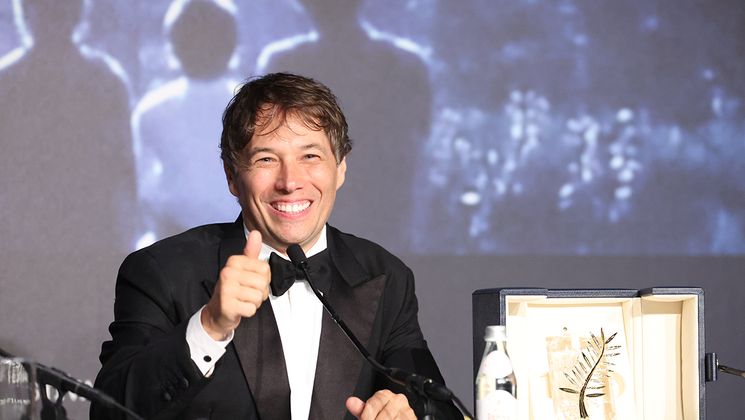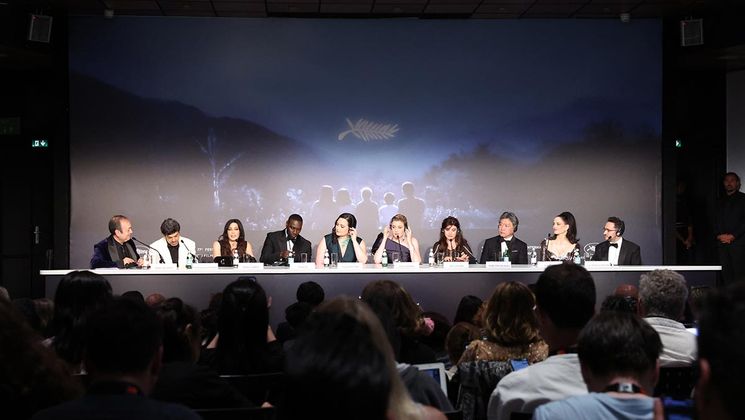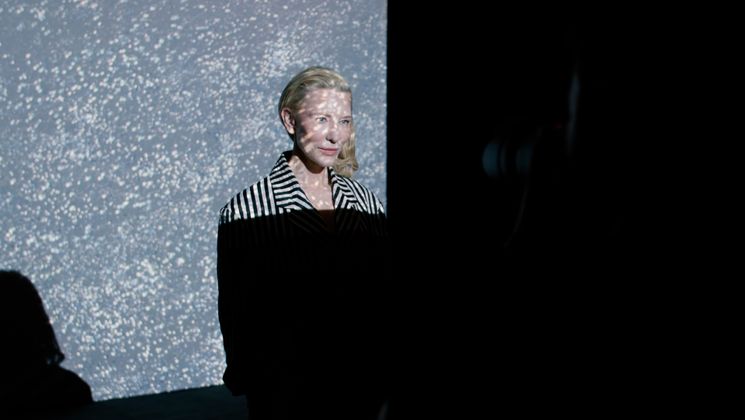
The scandal of L’Âge d’or (The Golden Age)

The scandalous film L’Âge d’or (The Golden Age) by Luis Buñuel, winner of the Palme d’or in Cannes in 1961 with Viridiana, is projected this year in Cannes Classics in its restored version as part of the tribute to the filmmaker. In this feature film, censored for many years, the Mexican director defiantly denounces the bourgeois ideals of family, country and religion.
L’Âge d’or (The Golden Age) tells the story of two lovers who, despite their inability to marry, find themselves pushed and pulled together. This surrealistic and provocative film was made upon the request and thanks to the financing of Charles and Marie-Laure de Noailles, an aristocratic Jewish couple captivated by the previous film by Luis Buñuel and Salvador Dali, Un chien andalou (Andalusian Dog) (1929).
At its premier in 1930 before around thirty of the Noailles’ friends and family, the film was only timidly and politefully received. Its first public screening a few months later didn’t convince the audience.
The real scandal erupted when the film was shown at Studio 28, the famous Montmartre movie theater. Members of extreme-right movements disrupted one of the showings in particular, going so far as to deface the surrealistic artwork displayed in the theater’s lobby. The tumult would spread even to the Italian embassy, which notified the French Foreign Minister of its dissatisfaction with the film’s presentation. Religious leaders, the media and politicians fervently protested L’Âge d’or (The Golden Age).
Showing the film was banned in December 1930 by the Paris Prefect of Police. Despite being defended by the surrealists, notably by the famous author André Breton, it would remain censored for 51 years, until 1981, when its original negative was restored by the Pompidou Center.


